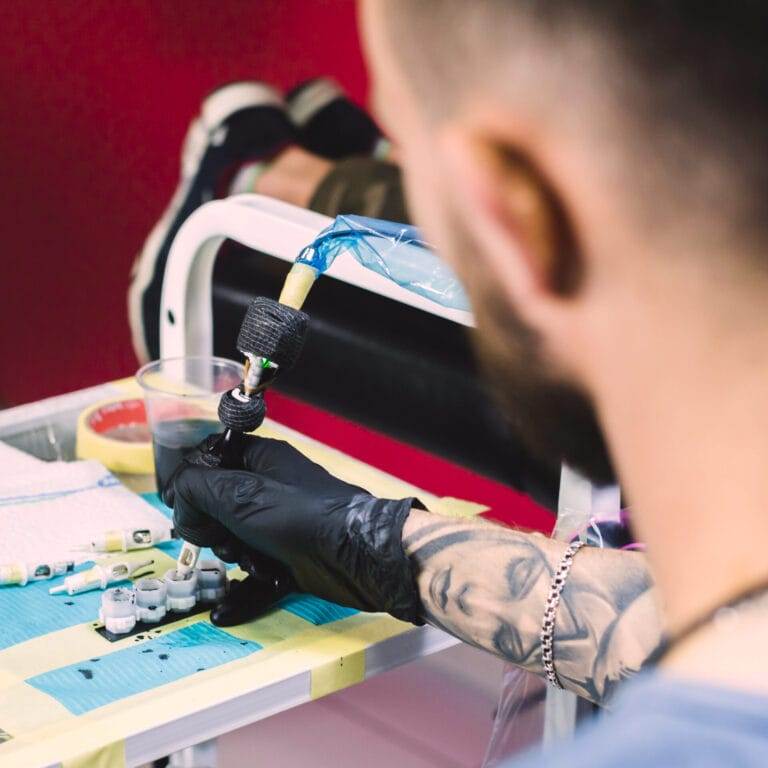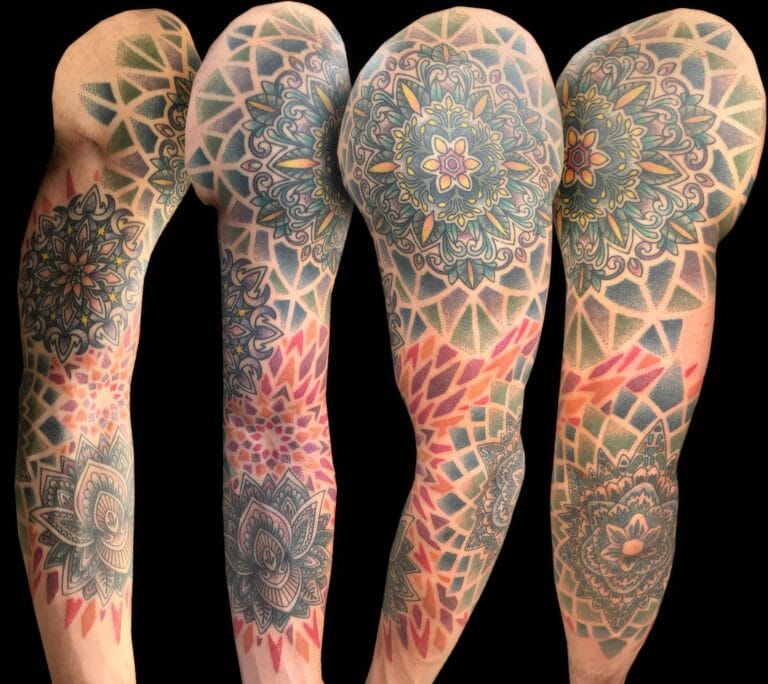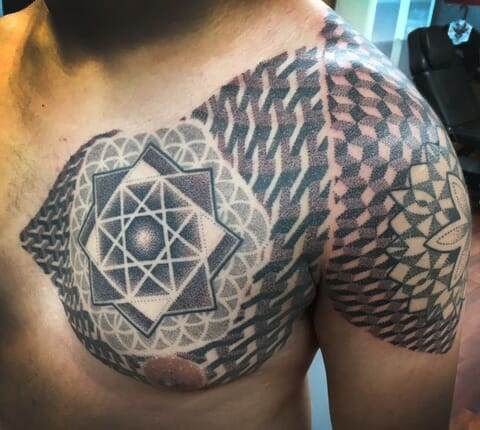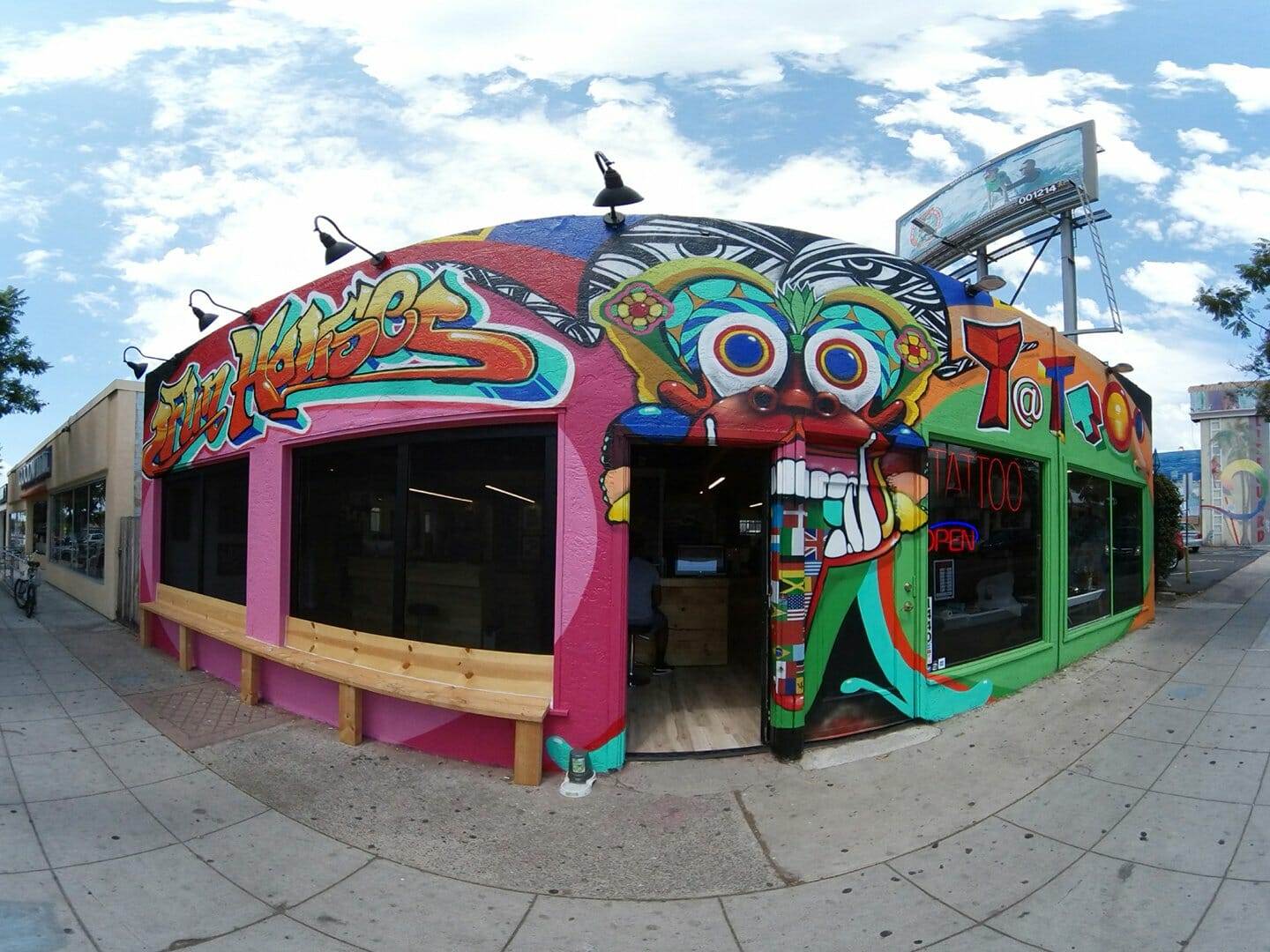
Traditional tattoos have been a significant part of various cultures around the world for centuries. These tattoos hold deep cultural and historical significance, serving as a form of expression, storytelling, and preservation of cultural identity. From the ancient times to the modern era, traditional tattoos have evolved and adapted, but their importance remains intact.
The Origins of Traditional Tattoos: A Brief History
The earliest evidence of tattooing dates back thousands of years. Ötzi the Iceman, a well-preserved mummy from around 3300 BCE, was found to have several tattoos on his body. This discovery suggests that tattooing has been practiced since ancient times. In ancient cultures such as Egypt, Greece, and Rome, tattoos were used to signify social status, religious beliefs, and even as a form of punishment.
Tattooing practices spread across different cultures through trade routes and exploration. Polynesians, for example, had a rich tradition of tattooing that was brought to the Pacific Islands by Austronesian voyagers. In Japan, tattooing was introduced by Chinese travelers and later developed into a unique art form known as irezumi. Similarly, Native American tribes had their own distinct tattooing practices that varied from tribe to tribe.
Traditional Tattooing Techniques and Tools
Traditional tattooing techniques can be broadly categorized into hand-poking and machine tattooing. Hand-poking involves using a needle attached to a stick or bone to manually insert ink into the skin. This technique requires great skill and precision. On the other hand, machine tattooing uses an electric tattoo machine that rapidly punctures the skin with needles.
Traditional tattooing tools hold great significance in different cultures. For example, in Polynesian culture, the tools used for tattooing are considered sacred and are often passed down through generations. In Japan, traditional tattoo artists use specialized tools such as bamboo sticks and metal needles to create intricate designs. These tools are not only practical but also hold cultural and spiritual significance.
Preserving traditional tattooing techniques is crucial for the preservation of cultural identity. These techniques are often passed down through generations, ensuring that the art form remains alive. By using traditional tools and techniques, tattoo artists can create designs that are true to their cultural heritage.
The Symbolism of Traditional Tattoo Designs
Traditional tattoo designs are rich in symbolism and meaning. Each design carries its own significance, often representing personal beliefs, cultural traditions, or spiritual connections. For example, in Polynesian culture, certain symbols such as the turtle or shark represent strength and protection. In Japanese culture, koi fish tattoos symbolize perseverance and determination.
The placement and design of traditional tattoos also hold cultural significance. In some cultures, certain designs are reserved for specific individuals or groups. For example, in Maori culture, facial tattoos known as moko are reserved for high-ranking individuals and signify their status within the community. In other cultures, such as Native American tribes, tattoos may be used to mark important life events or achievements.
Traditional tattoos play a vital role in expressing personal identity and beliefs. They serve as a visual representation of one’s values, experiences, and cultural heritage. By wearing traditional tattoos, individuals can proudly display their connection to their roots and express their unique identity.
The Role of Traditional Tattoos in Cultural Identity
Traditional tattoos play a crucial role in preserving cultural traditions and defining cultural identity. They serve as a visual reminder of a community’s history, beliefs, and values. In many indigenous cultures, tattoos are seen as a way to connect with ancestors and honor their legacy.
In today’s globalized world, traditional tattooing practices face the challenge of assimilation and loss of cultural identity. As Western influences spread across the globe, traditional tattooing practices are at risk of being overshadowed by modern tattooing styles. However, many communities are actively working to preserve their traditional tattooing practices and ensure that they continue to be a part of their cultural identity.
Traditional Tattoos as a Form of Storytelling
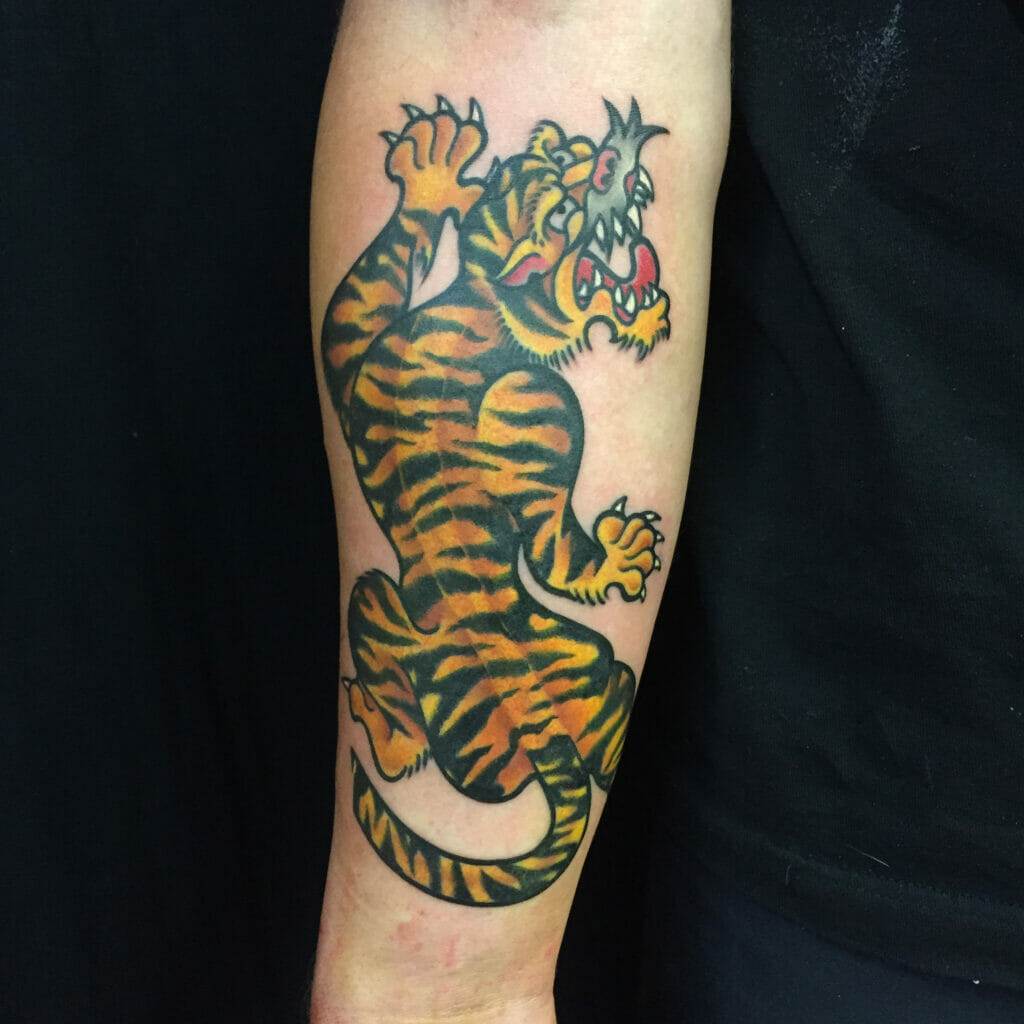
Traditional tattoo designs often have a storytelling aspect to them. They depict myths, legends, and historical events that are significant to a particular culture. For example, in Maori culture, each moko design tells a unique story about the wearer’s ancestry and achievements. In Polynesian culture, tattoos often depict symbols and patterns that represent the wearer’s journey through life.
Tattoos also play a crucial role in preserving cultural history and mythology. They serve as a visual record of a community’s traditions and beliefs. By wearing these tattoos, individuals become walking storytellers, passing down cultural knowledge and traditions to future generations.
The Evolution of Traditional Tattooing Practices
The advent of modern technology has had a significant impact on traditional tattooing practices. Electric tattoo machines have made the process faster and more efficient, allowing for more intricate designs. However, this evolution has also led to the emergence of new tattooing styles and techniques that may deviate from traditional practices.
While modernization has its benefits, it is important to preserve traditional tattooing practices. These practices hold cultural significance and are an integral part of a community’s identity. By preserving traditional techniques, we can ensure that future generations have access to this rich cultural heritage.
Traditional Tattoos and their Significance in Different Cultures
Traditional tattooing practices vary greatly across different cultures around the world. In Polynesian culture, tattoos are seen as a rite of passage and symbolize strength, courage, and spirituality. In Japan, tattoos are associated with the yakuza (Japanese mafia) but also have deep historical and cultural significance. In Native American cultures, tattoos are used to mark important life events and spiritual connections.
The cultural significance of tattoos in different regions is deeply rooted in history, mythology, and social customs. These tattoos serve as a visual representation of a community’s values and beliefs. They are a way to honor ancestors, connect with the divine, and express personal identity.
The Revival of Traditional Tattooing in Modern Times
In recent years, there has been a resurgence of interest in traditional tattooing practices. Many people are seeking out traditional tattoo artists who specialize in these ancient techniques. Social media platforms have played a significant role in promoting traditional tattooing, allowing artists to showcase their work to a global audience.
Supporting traditional tattoo artists and preserving their craft is crucial for the continuation of this art form. By choosing to get traditional tattoos and supporting traditional tattoo artists, individuals can contribute to the preservation of cultural heritage and ensure that these practices continue to thrive.
The Importance of Traditional Tattoo Preservation and Documentation
Preserving traditional tattoo designs and techniques is essential for the preservation of cultural heritage. Museums and archives play a crucial role in documenting and preserving traditional tattooing practices. By collecting artifacts, photographs, and oral histories, these institutions ensure that future generations have access to this valuable cultural knowledge.
Documenting the cultural significance of traditional tattoos is equally important. By understanding the historical and cultural context of these tattoos, we can gain a deeper appreciation for their significance. This documentation also helps to dispel misconceptions and stereotypes surrounding traditional tattooing practices.
Traditional Tattoos as a Form of Art and Expression
Traditional tattoos are not just symbols; they are works of art. The intricate designs, bold lines, and vibrant colors make them visually stunning. Traditional tattoo artists possess incredible skill and creativity, using their expertise to bring these designs to life on the skin.
Tattoos also serve as a form of personal expression. They allow individuals to showcase their unique identity, beliefs, and experiences. By choosing specific designs or symbols, individuals can communicate their values and passions to the world.
The impact of traditional tattooing on the art world cannot be overlooked. Traditional tattoo designs have influenced various art forms, including painting, sculpture, and fashion. Many contemporary artists draw inspiration from traditional tattoo designs, incorporating them into their work.
Traditional tattoos hold immense cultural and historical significance in different cultures around the world. They serve as a form of expression, storytelling, and preservation of cultural identity. By understanding and appreciating the importance of traditional tattooing practices, we can contribute to the preservation of cultural heritage and ensure that these practices continue to thrive for generations to come.
If you’re interested in exploring the rich history and symbolism of traditional tattoos, you might also enjoy reading this article from Redemption Ink: “A Brief Look into the History of Traditional Tattoos and How They Mark a Crucial Point in America’s History.” This fascinating piece delves into the origins of traditional tattoos and their significance in American culture. Discover how these tattoos have evolved over time and learn about the important role they played in shaping our society. Read more


